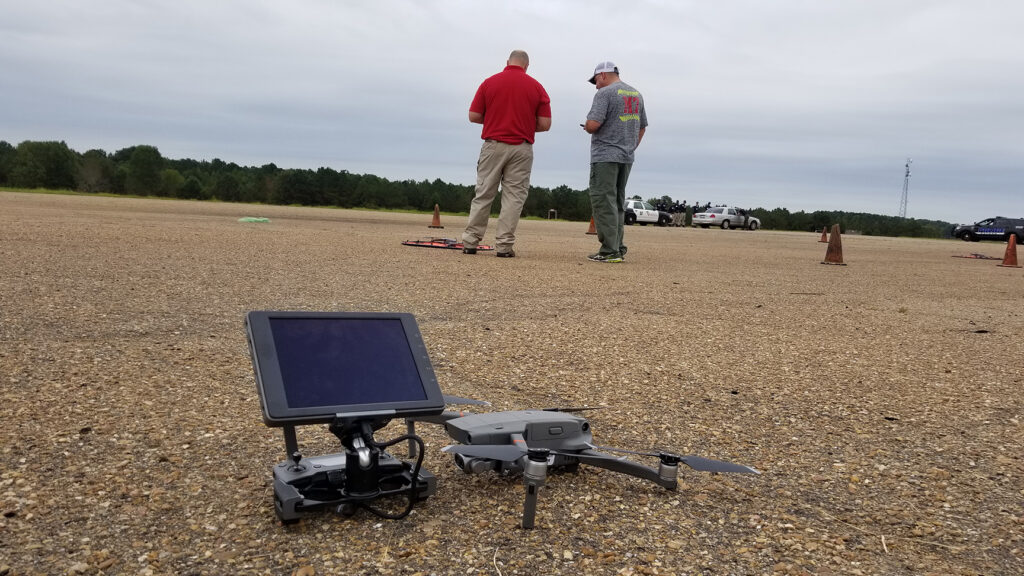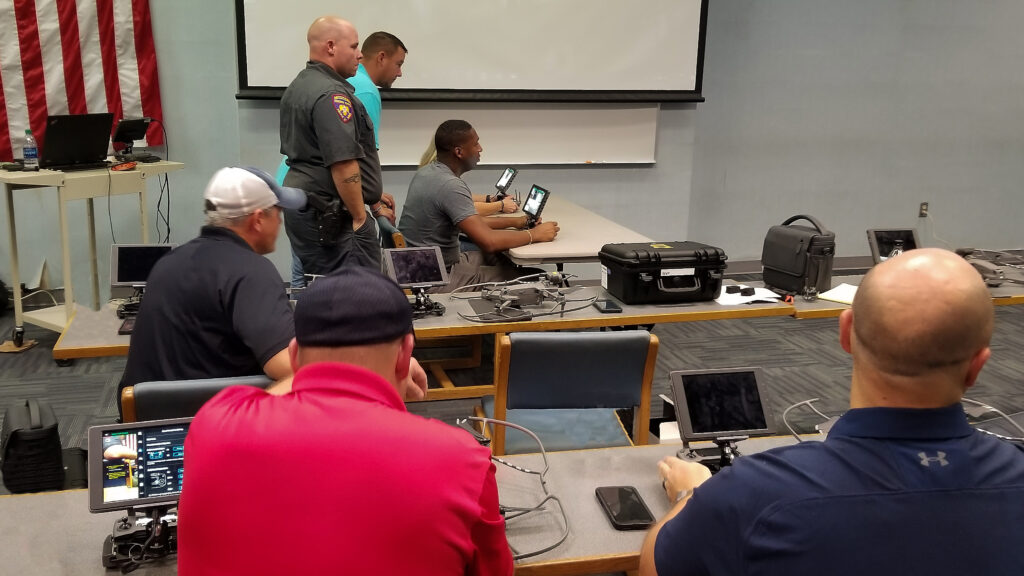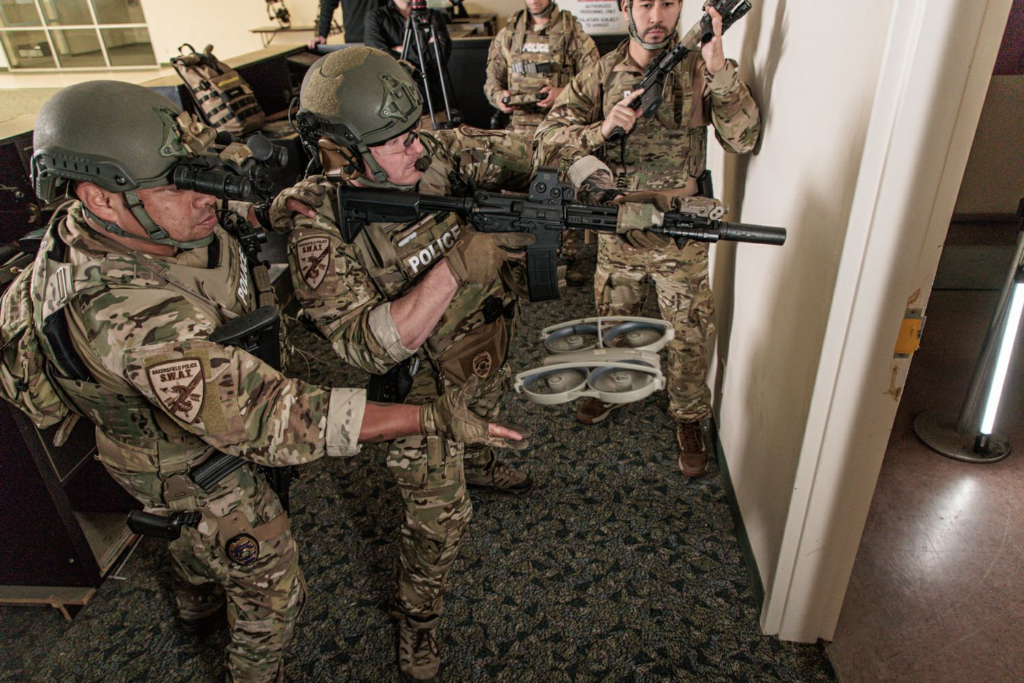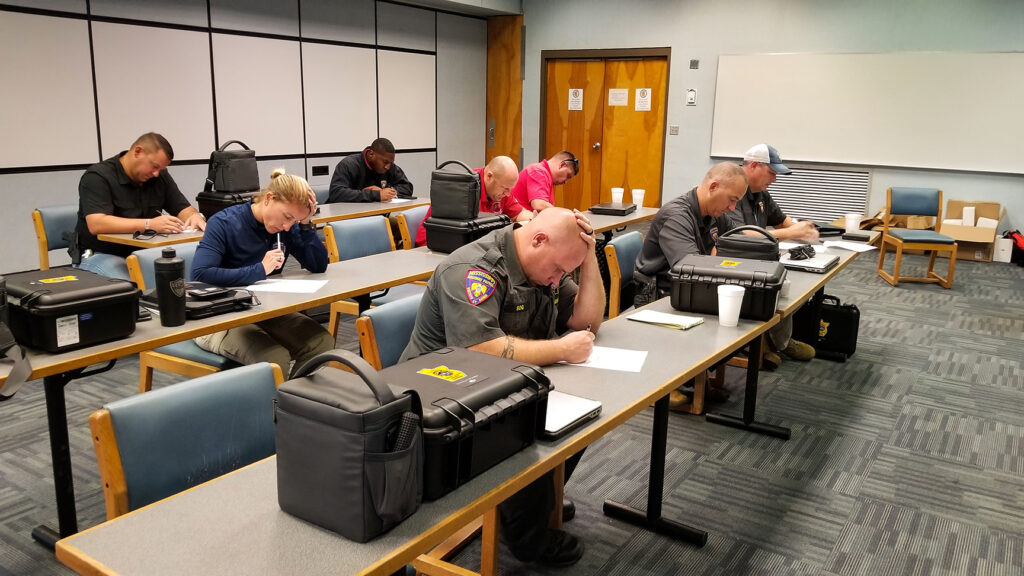ENTRY LEVEL
&
ADVANCED TRAINING
FLY LIKE YOU TRAIN
As public safety administrators, it is important to ensure that your department has access to the latest and most effective technology to assist in keeping your community safe. Drones have become an increasingly popular tool for public safety agencies, and disaster response. However, before purchasing a drone, there are several key considerations that must be taken into account to ensure that the drone is safe, effective, and legally compliant. UAV operators must train with their equipment on a regular basis in order to stay proficient. Although it looks like it, this aircraft is not a toy, it’s a highly advanced and technically capable tool.

"SOLUTIONS FIRST"
Drones can be a valuable tool for public safety agencies but it is important to carefully consider all relevant factors before making a purchase. By understanding the purpose, legal and regulatory requirements, training and certification needs, maintenance and repair protocols, and budget consideration, public safety administrators can make informed decisions that will help keep their communities safe and secure and have a successful drone program.

"Class Overview"
Public Safety UAS Training Class consist of approximately 35+ hours of instruction over a 3 day 2 night period. This class is designed for new operators or personnel that have some experience in operating a UAV. Students will receive about 6+ hours of flying time in this class so you will be required to provide a UAV that is in good working condition. *THIS CLASS IS FOR PUBLIC SAFETY ONLY* Department COA or individual Part 107 license is not required to attend the class.

"Training Curriculum"
*UAV Familiarization & Team Building
*Complete Review of All Software Applications
*How Part 107 & COA Effects Operations
*Flight Documentation & Maintenance Requirements
*Basic Mapping Work Flow (SAR) Confined Spaces
*Tactical & Night Operations “Best Practices”
*Visual Observer Training
*FLIR Thermal Evaluations & DEMO
*Practical Exercises / Written Exam
*Students Will Receive a Certificate of Completion
*35 Hours of Continuing Education Credits Standards and Training

"Mapping"
The mapping instruction that is included in the 3-day 2-night basic class is considered entry-level to moderately advanced instruction. The class is geared more toward search and rescue operations. CAI does offer a two-day advanced-level mapping class that covers equipment, software, and advanced photography techniques. The advanced level instruction can be used to map crime scenes, vehicle accidents, and a much more detailed grid pattern for search and rescue.
